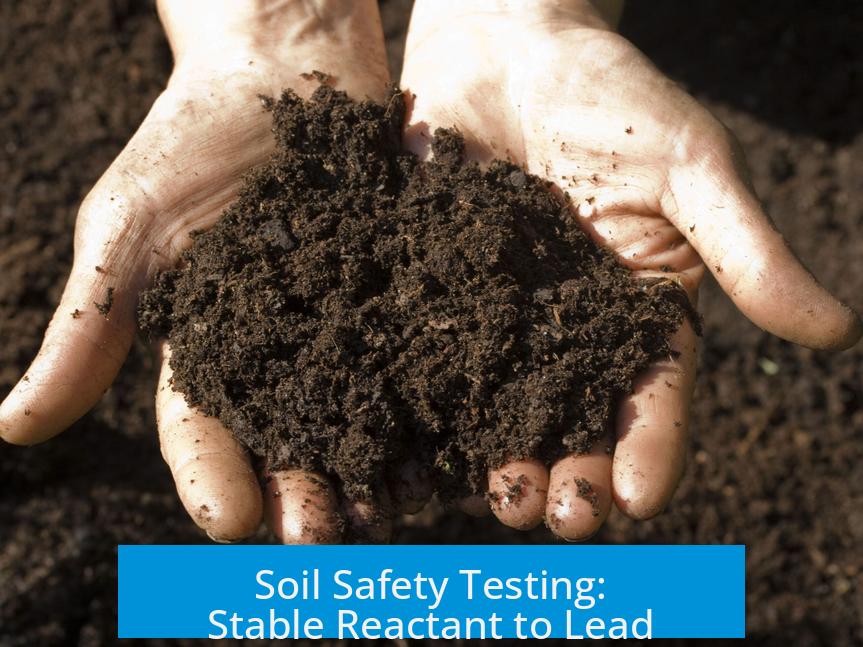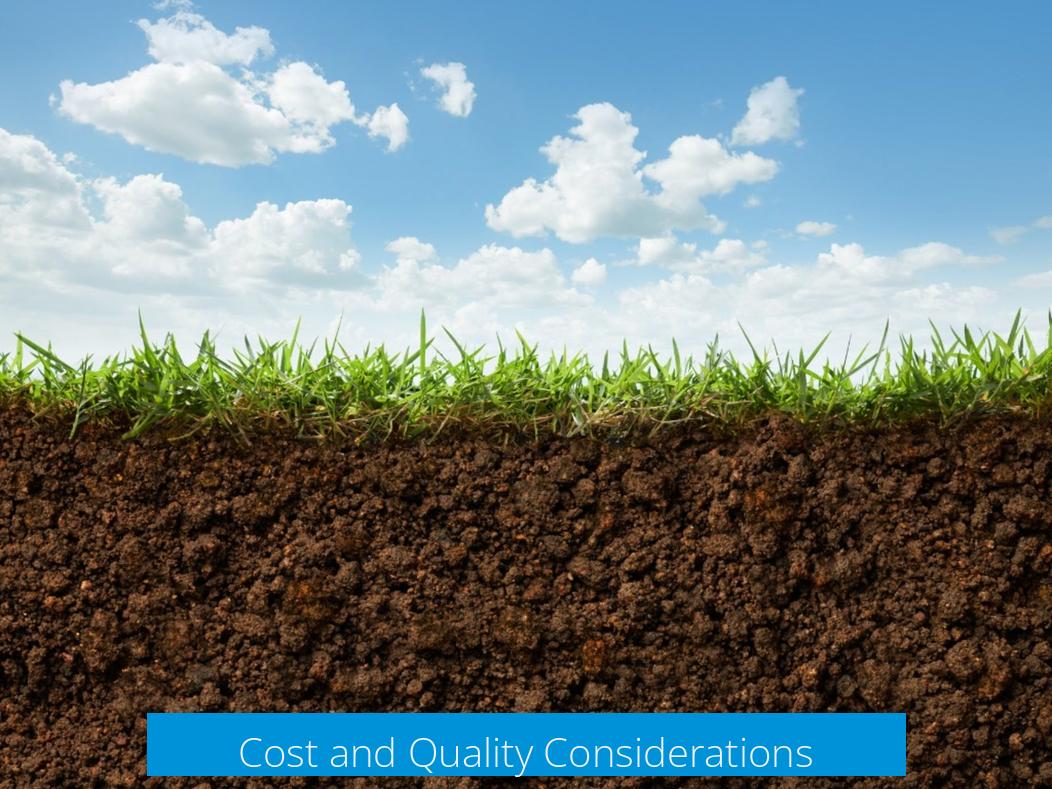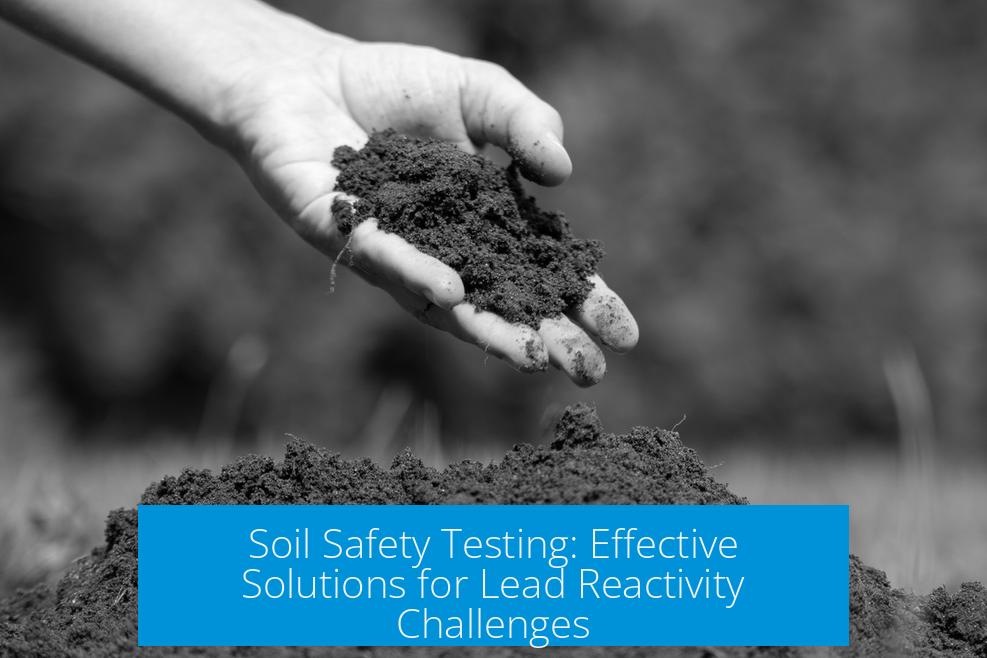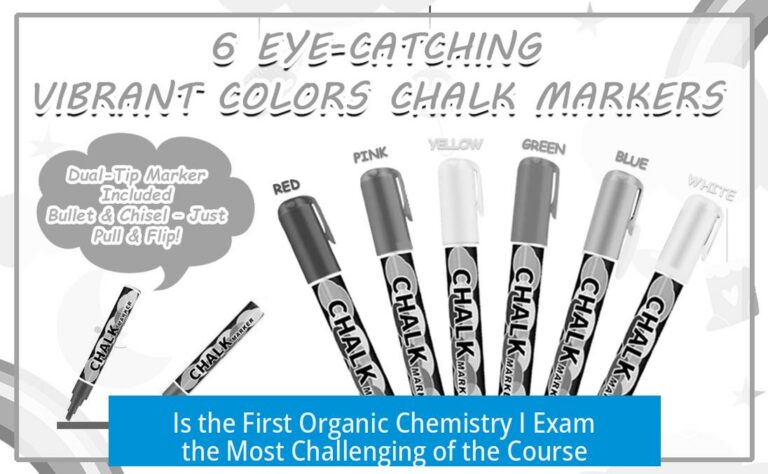Soil Safety Testing: Stable Reactant to Lead

Soil safety testing for lead requires stable and reliable reactants that yield quantitative results. The process demands representative sampling and accurate preparation before analysis by validated methods such as ICP-MS or XRF.
Challenges in Lead Soil Analysis
Testing for lead in soil is complex. The major challenge lies in obtaining representative soil samples. Soil heterogeneity means contamination varies widely across locations. Preparing samples for measurement involves extraction, filtering, or forming pellets depending on the analytical technique.
Quantitative methods are essential since lead concentration needs accurate determination. Techniques like Inductively Coupled Plasma Mass Spectrometry (ICP-MS) and X-ray fluorescence (XRF) provide this precision. However, sample cleanliness and form affect results.
Cost and Quality Considerations

| Factor | Details |
|---|---|
| Typical Lab Price | Most labs charge over $200 per test. |
| Budget Testing | Some services offer tests at around $20, which is suspiciously low. |
| Detection Limit | Tests generally detect lead concentrations higher than 400 ppm. |
Low-cost services might not be reliable. Verification is critical to avoid fraud or errors. Clients should validate results with known samples and check lab reputations.
Verification and Quality Assurance Steps
- Consult other users on lab performance.
- Regularly test soil with known contamination levels.
- Include ‘spiked’ samples by adding known lead amounts.
These steps ensure consistency. They reduce risks when using budget labs and validate the stable reactant’s effectiveness in testing.
Alternative Testing: Lumetallix Kit
Lumetallix provides a direct testing method based on photoluminescence. It allows quick, inexpensive screening with a cost of about $60 for 100 tests. This binary test indicates presence or absence of lead, not precise concentration.
It suits preliminary surveys in heterogeneous soil areas. Positive results should be followed by confirmatory quantitative methods like ICP-MS or XRF for precise analysis.
Environmental Context
Lead uptake by plants varies widely. Some plants can absorb and aid in phytoremediation, cleaning soils. Understanding soil lead levels is vital for environmental health and remediation strategies.
Key Takeaways
- Stable reactants are crucial for quantitative soil lead testing.
- Representative sampling and proper sample preparation are mandatory.
- Beware of unreasonably low-cost lab analyses; verify quality.
- Lumetallix offers quick binary screening but lacks quantitation.
- Lead contamination is uneven; use multiple methods for accuracy.





Leave a Comment